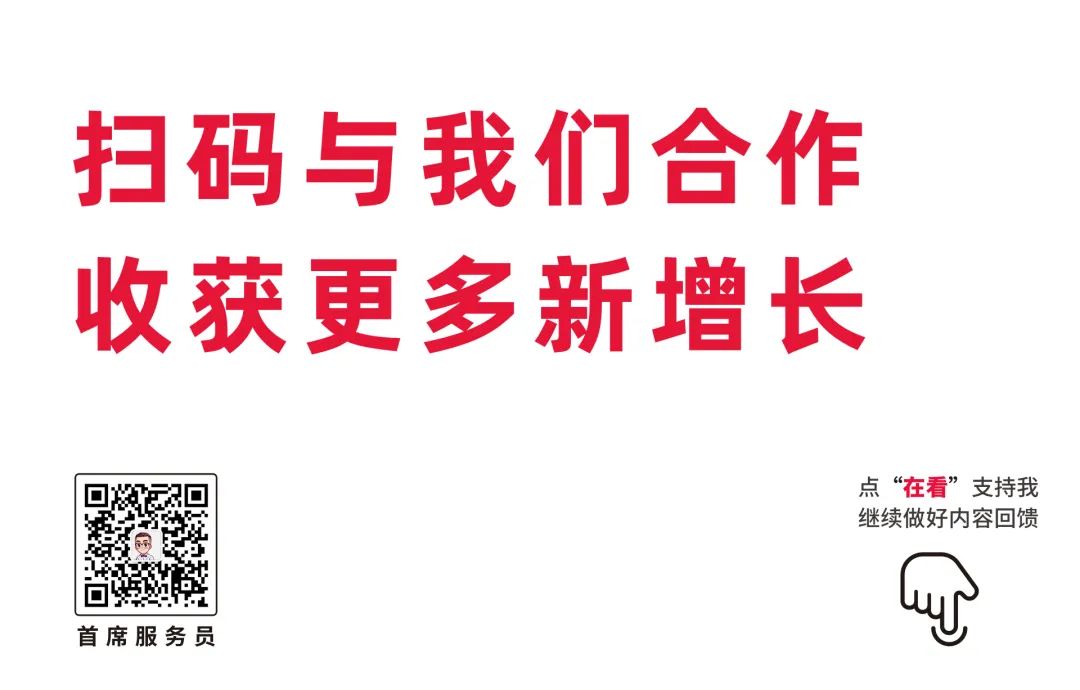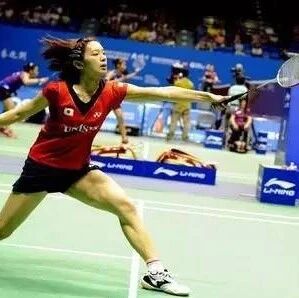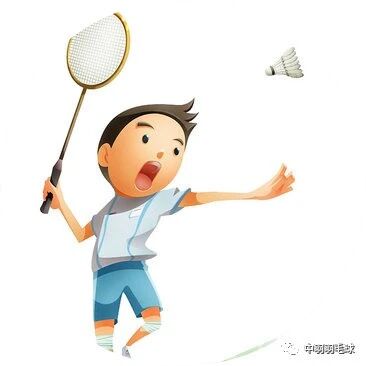Li Zongwei's Backward Step Analysis and Training Methods—Essential Techniques Every Badminton Player Should Learn
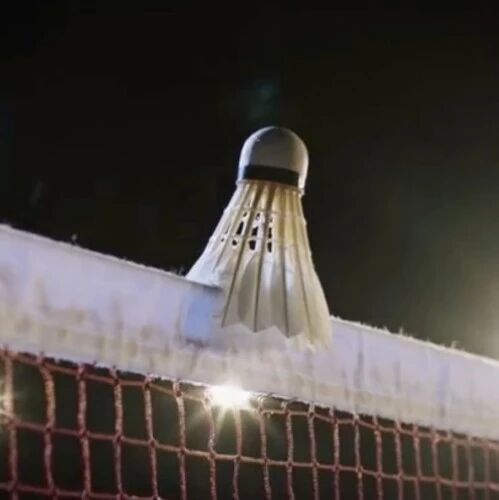

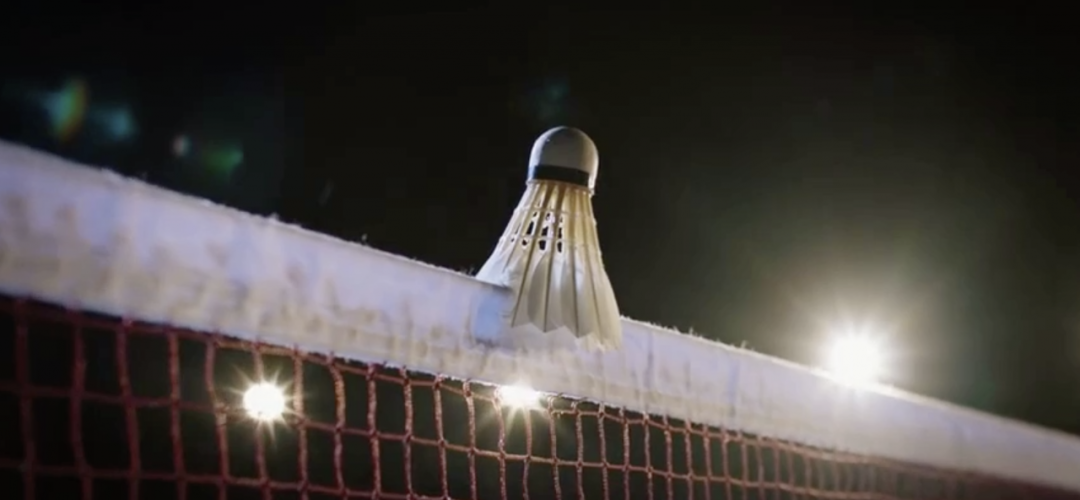
Among all badminton techniques,
The pace is the most challenging and important.
Missteps ruin everything—effort is wasted!
And among all the steps,
Taking a step backward is always the hardest.
Because we're used to moving forward,
When walking forward, the steps are nimble and easy to learn.
However, when stepping backward, it stumbled and moved slowly.
Next, we'll focus primarily on the animated GIF case of Lee Chong Wei.
Check out what techniques there are for taking backward steps.

① Determine the ball's position and your own distance
② After the starting step, take a small step backward with your right foot.
③ Then cross your left foot behind your right foot.
④ Step forward with your right foot, taking a large stride to reach the hitting position.
⑤ After landing on the right foot, push off the ground and strike the ball with a high point.
⑥ Return to position.

(Lee Chong Wei's cross-step retreat)
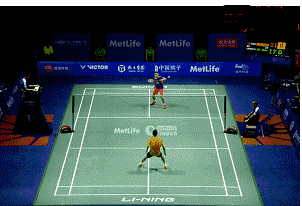
Lee Chong Wei's cross-step diagonal backpedal (running backward)

②The starting step should be performed simultaneously with the turning motion.
③ Bring left foot up to meet right foot
④ Step forward with your right foot, taking a large stride to reach the hitting position.
⑤ Strike the ball after landing with your right foot
⑥ Return to position.
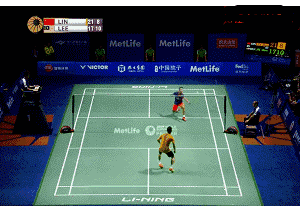
(Lee Chong Wei's side-stepping back)

②The starting step should be performed simultaneously with the turning motion.
③ Slightly step the right foot back, keeping the direction aligned with the ball.
④ Leap and jump, hit the ball high
⑤ Returns to its original position immediately after landing.
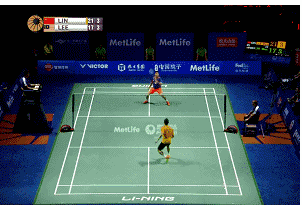
(Lee Chong Wei leaps and smashes the shuttlecock)

② Starting step
③ Retreat using a crossover step, side step, or jog.
④ Jumping, high-altitude hitting
⑤ Returns to its original position immediately after landing.
Second, jumping helps to send the ball farther.A strong rebuttal
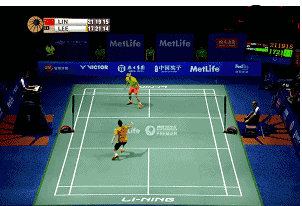
(Cross-step backward)
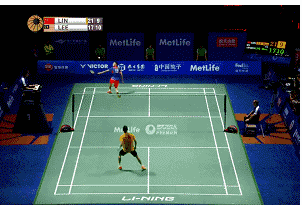
(Cross-step + jog)
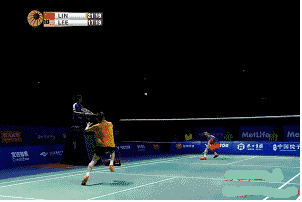
(Continuous cross, jump smash)

① Starting step
② Step forward with your left foot toward the incoming ball
② Step forward with your right heel—by this point, you should be facing away from the net as you strike the ball;

(Cross-Step Backward Method)
② Three or five steps backward (crossing run)
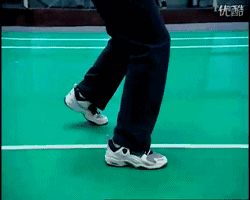
(Three-Step Backhand Groundstroke Technique)

(Three-step backward: Tuck step + crossover step)
Li Zongwei's footwork training method—something most people won’t tell you about!
1. Jumping Jacks
The range of your foot movements doesn’t need to be too wide—when you step out, the width should be roughly equivalent to your shoulders plus one foot length. And when closing your steps, you don’t need to bring your feet completely together.

After quick jumping jacks, bounce effortlessly—alternating between fast and slow movements.
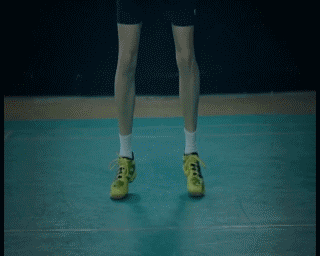
2. Hip Rotation Training
It’s mainly about helping you instantly change direction on the court. Again, stand with your feet shoulder-width apart plus about one foot length, landing first on the balls of your feet while keeping your heels slightly lifted, then pivoting your toes left and right.
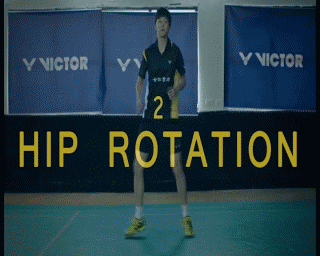
3. Jumping Jacks + Hip Swings
When doing jumping jacks, point your toes and hips in the same direction.
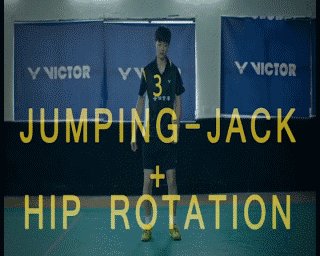
4. High Knees Running in Place
Focuses primarily on training the explosiveness of the toes and the strength of the thighs.
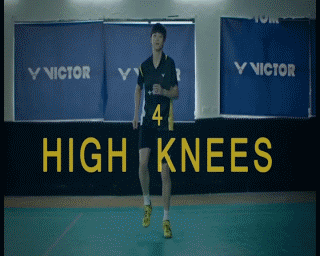
Raise your legs as high as possible to a parallel position, and increase your pace until you reach your fastest speed.
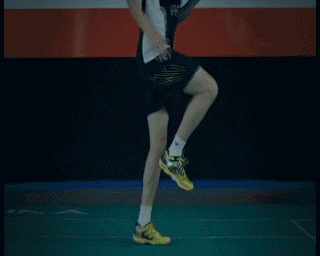
5. Little Shuffle Steps
Focuses primarily on training the agility of the calves and soles of the feet.
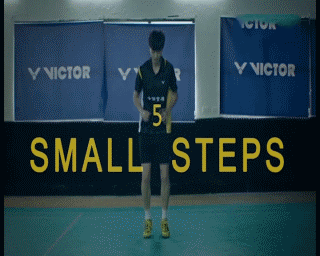
The lower body is in a ready stance, with knees slightly bent to prevent the entire body from becoming overly rigid.
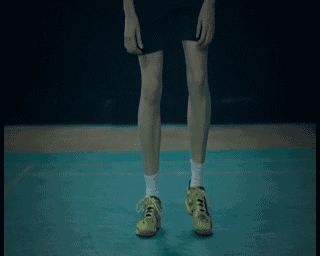
In this 5-set workout, all the above exercises are performed with alternating speeds—speed up as quickly as possible during the acceleration phase, and slow down while focusing on proper breathing and smooth, controlled movements. Each set should ideally last between 10 to 15 minutes.
Practicing consistently every day can help you improve the agility of your toes and your ability to make quick directional changes, allowing you to take lighter, more flexible steps at greater speed.

